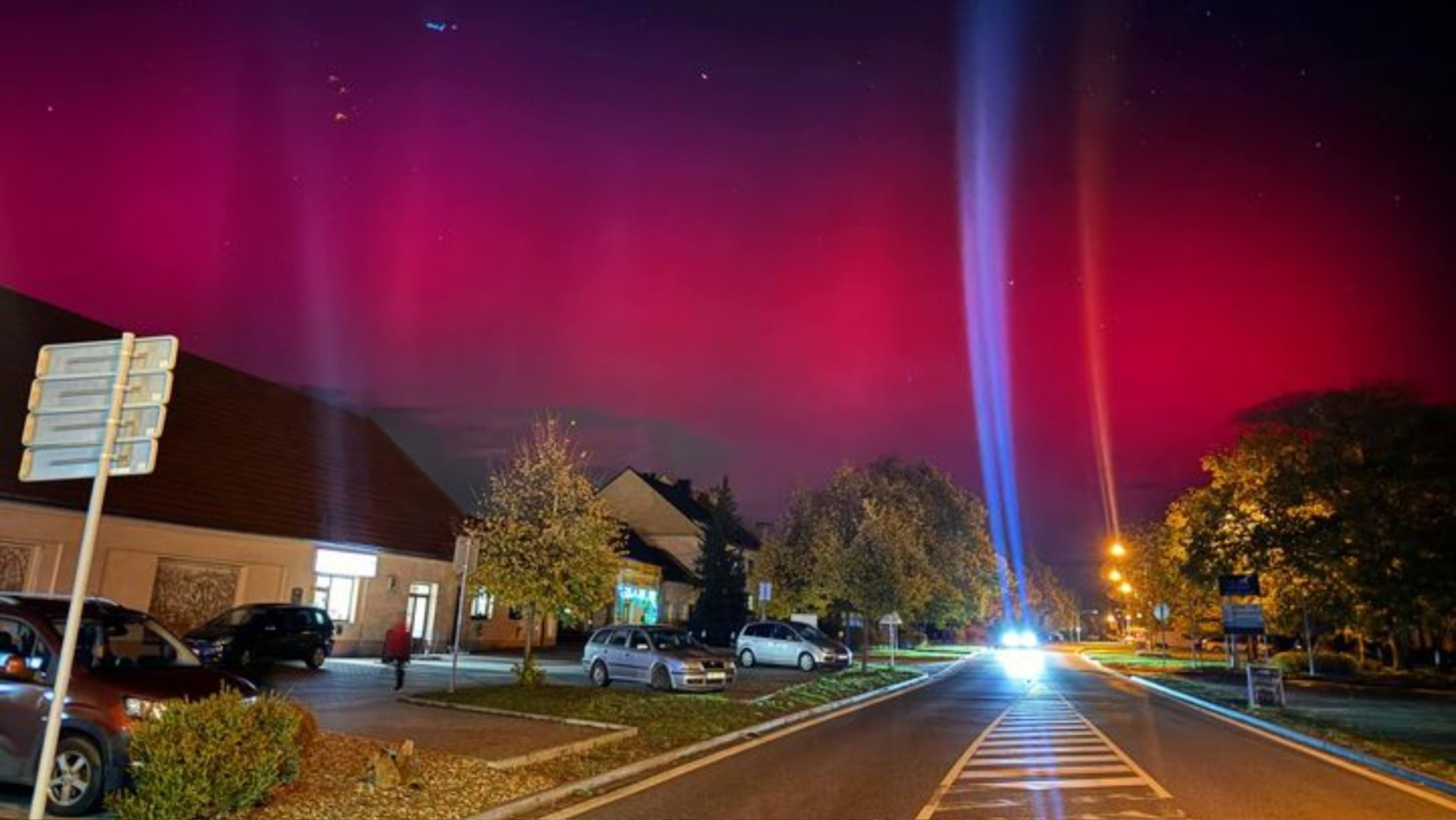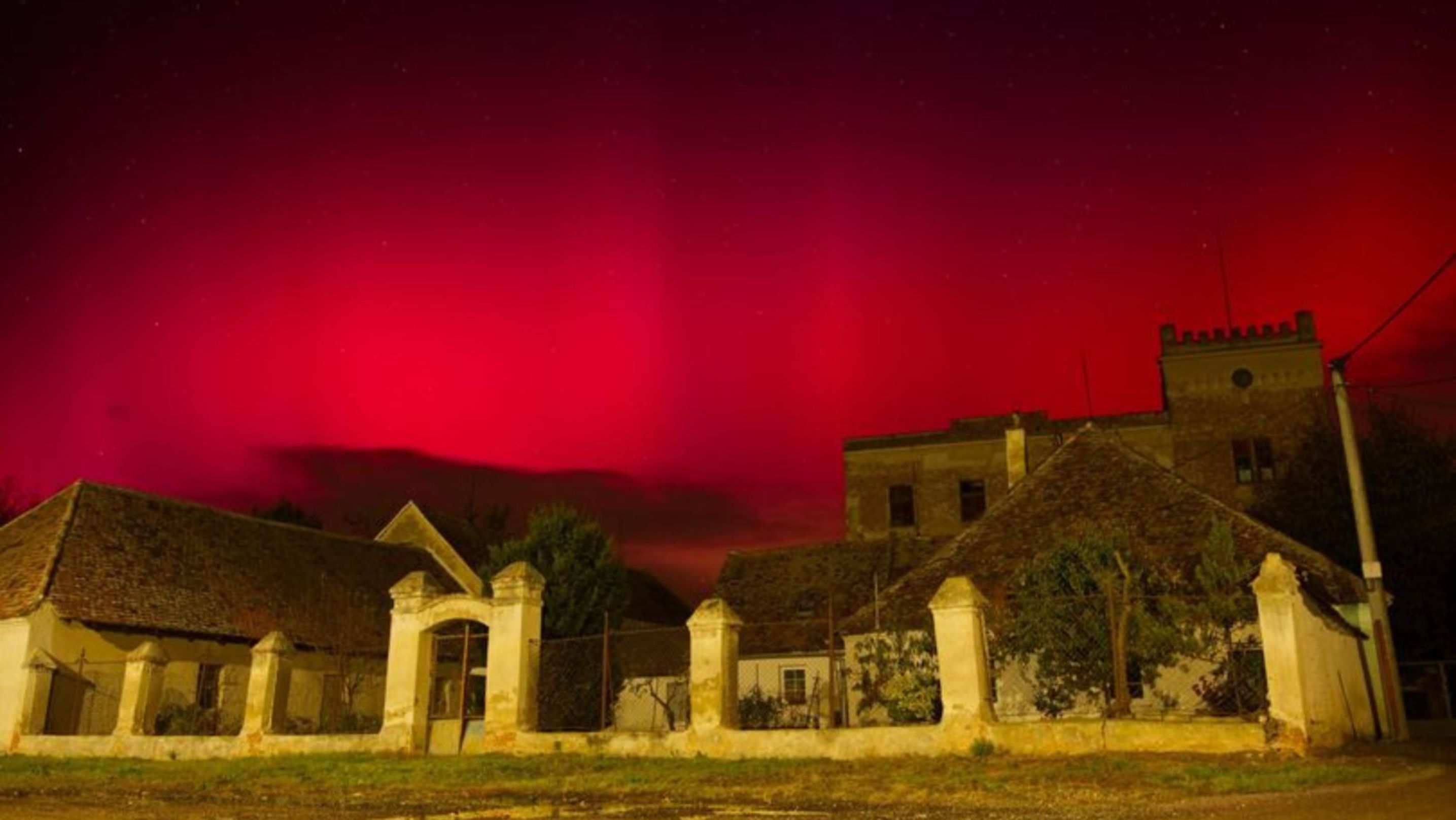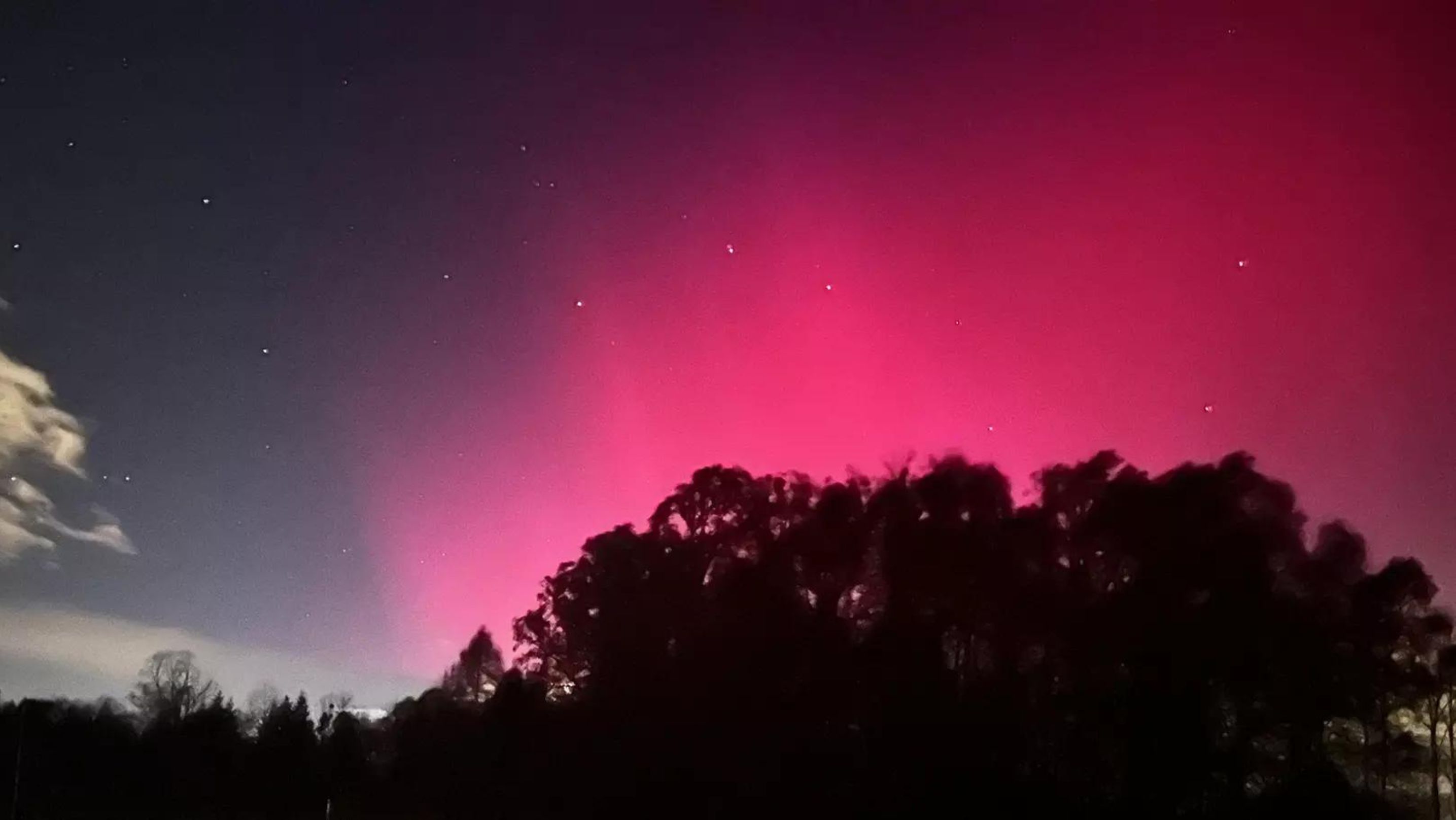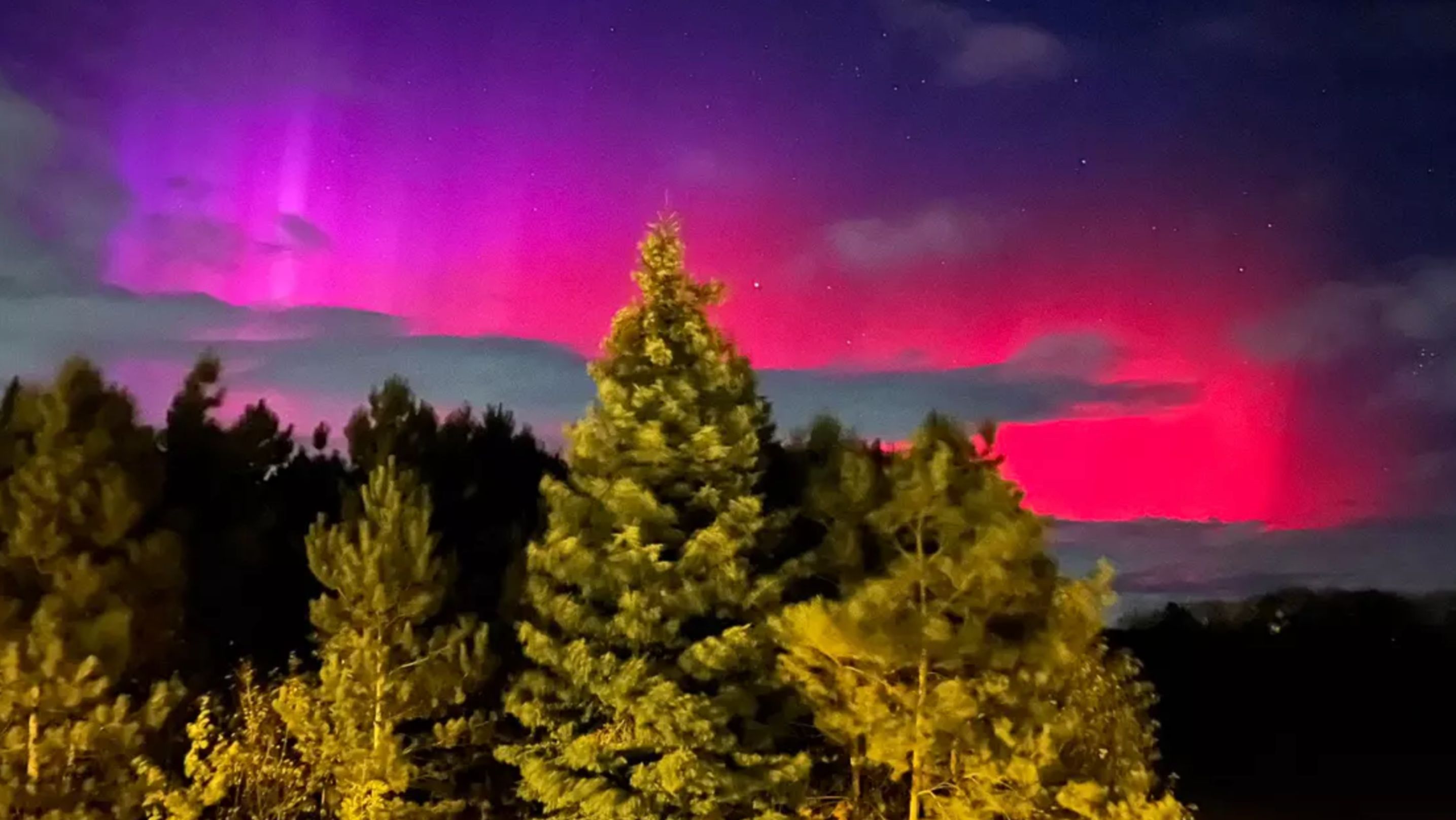Czechs may be able to observe the aurora borealis, or northern lights, this weekend, due to a severe geomagnetic storm.
Petr Horálek, astronomer at the Institute of Physics in Opava, said hat the natural phenomenon might be visible on both Friday and Saturday night, with chances increasing in the following days.
“There’s a good possibility of capturing or even seeing auroras from mid-latitudes like the Czech Republic and Slovakia this Friday and Saturday nights,” Horálek explained.
“This is due to the Sun’s active phase, which has produced ten powerful solar flares in the last 24 hours. These eruptions are expected to send plasma clouds hurtling towards Earth tonight, potentially triggering geomagnetic storms that could last through the weekend.”
The celestial event comes as a result of at least four coronal mass ejections (CMEs) from the Sun, which will see large amounts of plasma and magnetic flux emitted from our closest star.
Auroras witnessed from the Czech Republic are typically faint. Inexperienced observers might confuse them with light pollution or faint reddish glows. However, this weekend presents favorable conditions for observation.
“The moon, which can often wash out the phenomenon with its brightness, is currently in a new phase,” Horálek noted. “Weather forecasts also look promising, especially for Friday night.”
Would you like us to write about your business? Find out more
The northern lights (or aurora borealis) visual phenomenon was partially visible in the Czech Republic after dark this afternoon and will be in the early evening, according to the Czech Hydrometeorological Institute (ČHMÚ).
A solar eruption earlier in the day disrupted Earth’s geomagnetic field, raising hopes for aurora sightings.
Several users have already shared their catches on social network X. People have taken photos of the clearly visible aurora near Říčany, in Ostrava or in Vysočina.
#polarnizare #Auroraborealis #bilovicenadsvitavou pic.twitter.com/hwuYA2EpZ3
— Petr Sycha (@petr_sycha) November 5, 2023
Tehov u Rican, prave ted. pic.twitter.com/euO4dcEObJ
— Ondra (@SkalaOndra) November 5, 2023


Experts say it’s best to view the aurora from an open horizon to the north, preferably in the mountains or other places where the sky is dark.
Residents of areas with clear, cloudless skies will have the best chance of observing. “You will have a better chance if you live in the southern regions of the Czech Republic – southern Bohemia, Vysočina and southern Moravia,” they added.
In northern countries, auroras are visible across the sky, but in the Czech Republic, they appear low on the northern horizon, so an inexperienced observer may mistake them for the glow of a distant city.

Dolní Domaslavice

Tehov
The light spectacle is usually most visible near Earth’s magnetic north and south poles, where the lights are called the aurora australis.
They are caused by the interaction of particles coming from the sun, known as the solar wind. The particles can travel millions of miles, and some eventually reach the Earth. They are then channelled to the polar regions by Earth’s magnetic field.
Depending on which gas molecules are hit and where they are in the atmosphere, different amounts of energy are released as different wavelengths of light; oxygen produces green light, while nitrogen causes the sky to glow red.
It was the Italian astronomer Galielo Galiliei who coined the name aurora borealis in 1619, after the Roman goddess of dawn, Aurora, and the Greek god of the north wind, Boreas.
But the earliest record of the northern lights is believed to be a 30,000-year-old cave painting in France.
Polární záře v Opavě! pic.twitter.com/Olbn8wFkQf
— Jakub Weber (@jakubweber) November 5, 2023
Polární záře nad Českým Těšínem… neuvěřitelná podívaná! pic.twitter.com/qMlDbDuggr
— Tomáš Němeček (@TomasNemecek13) November 5, 2023

